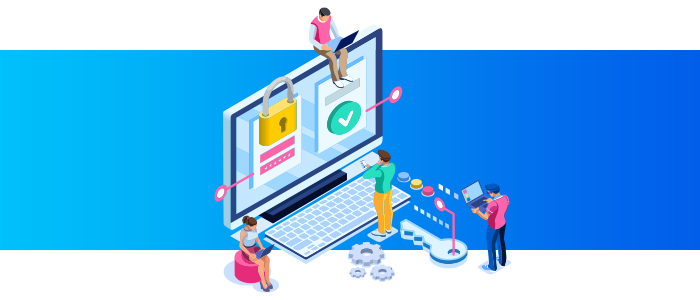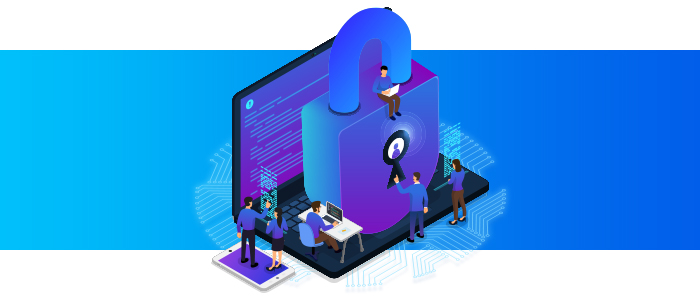
Social media at work...what could go wrong?
As a business, there is no doubt today that you need to make your presence felt on major social media platforms such as Facebook, Twitter, Instagram and LinkedIn. But social media also exposes you to cybercriminals. In this post we talk about the steps you can take to ensure your social media account doesn’t become a gateway for cybercriminals to access your data.Make someone accountable
The first step to a successful and safe social media experience as a company is to make someone in your organization accountable for it. Designate a social media manager who is responsible for maintaining your company’s social media accounts. This person should oversee everything--from the posts and pictures in your company account to approving/disapproving ‘Friend’/’Follow’ requests.
Train your employees
Of course you should train your employees who handle your official social media accounts about the security threats and how they need to steer clear of them, but you also need to train other employees who are not on your social media team as they could be a weak link that a cybercriminal could exploit to reach your business. Seems far fetched? Not really. A lot of people trust their ‘friends’ on social media and also unwittingly share a lot of information, which can be used to hack their personal accounts and devices, which in turn, may act as a gateway to your business. Teach your employees about general social media best practices in terms of security and also educate them about the privacy settings they can use to ensure there data is shared with trusted individuals only.
Take the necessary security measures
Make sure the devices you use to access your social media accounts are protected with firewalls and anti-malware tools and all security updates and patches are up-to-date.
Password hygiene
Practice good password hygiene and encourage your teams to do the same. That means no password sharing, no sequential letters/numerals, no obvious words or numbers as your social media account password.
Frame a social media policy
You should also frame a social media policy that spells out the dos and don’ts of social media that everyone in your organization should follow. This is important from various perspectives as employee’s statements on social media may be perceived as a reflection of your business’s values, whether you like it or not. This can make your business a target of cybercriminals and lawsuits.
Putting your business out there on the social networking sites gives your brand a lot of exposure, presents paid advertising opportunities and even helps you build and manage customer relationships, but as discussed, it can be tricky to navigate in terms of security. Businesses may find it overwhelming to manage their social media security strategy all by themselves can reach out to a managed services provider. An MSP with experience in social media security can be a valuable asset in helping you build a strong social media security strategy.
